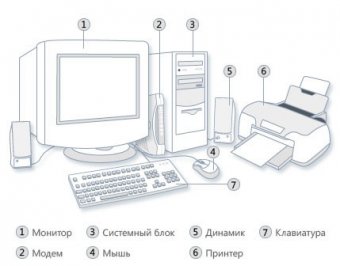Computer Data Storage Unit

Each modern Operation System (OS) has a component called File System♪ This component is part of this component. kernels The PPs and it's filled with stuff like "Files" and "Fish directories."
There are many different Faith Systems, using different methods and algorithms, but some basic functions are available in most Fail Systems:- The Failing System leads in some form to the Faylov Displacement (FAT) - information linking logic files to the block numbers in the storage device. For example, FAT can claim that File1 is stored in 5 disk blocks with 123400, 123405, 123401, 177777, 123456, while File2 is stored in 6 disk blocks with numbers 323400, 323405, 323401, 37777, 323456, 893456.
- The File System provides a list of all unused storage units and automatically Location New blocks where the file increases in size and returns the blocks to the unused blocks list when the file reduces its size or is removed.
- The File System processs applications that need to read or record data from logical files. The File System converts these requests into one or more reading/block recording operations using information from the Faylov Displacement Table.
- The File System leads special files called "File Directors" and keeps information on other files that are found in these directories.
- The File System also runs the "kash files on the file, it's on the Warehouse Device (on CDs) and it's being copied at the "kash buffer" of the File System.
When reading information from the vault, it's transferred to the annex and copied at the same time at the Kash Bufer.
When this (or another) Annex needs to read the same amount of information from a file in the kash, the Failing System simply returns this information from its kash buffer instead of reading it again. Storage systems♪
The File System, through the disk interface (IDE, SCSI or any other) sends the disk to the READBLOCK team(123456).









